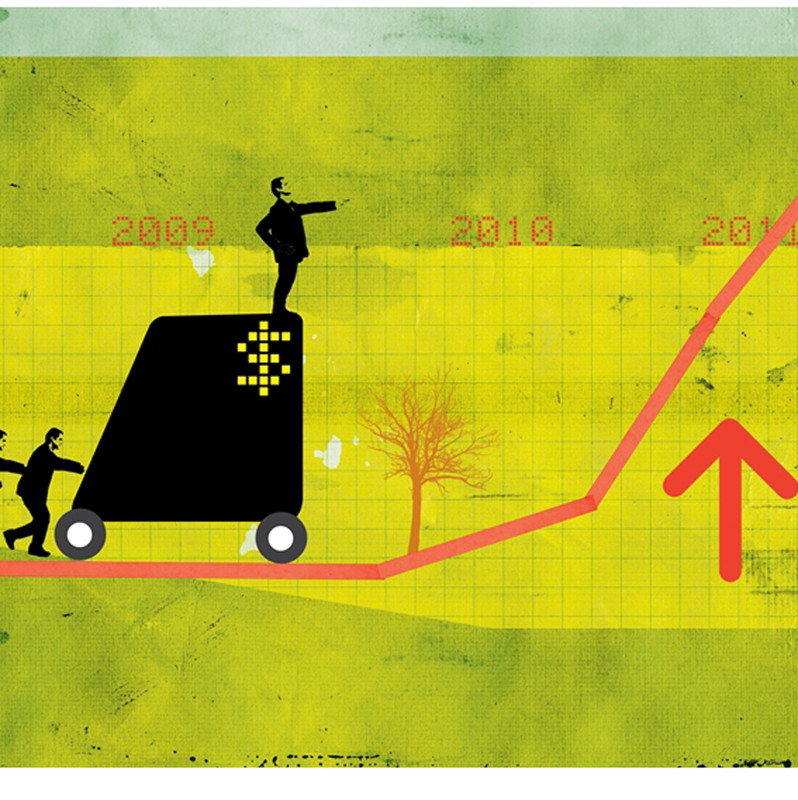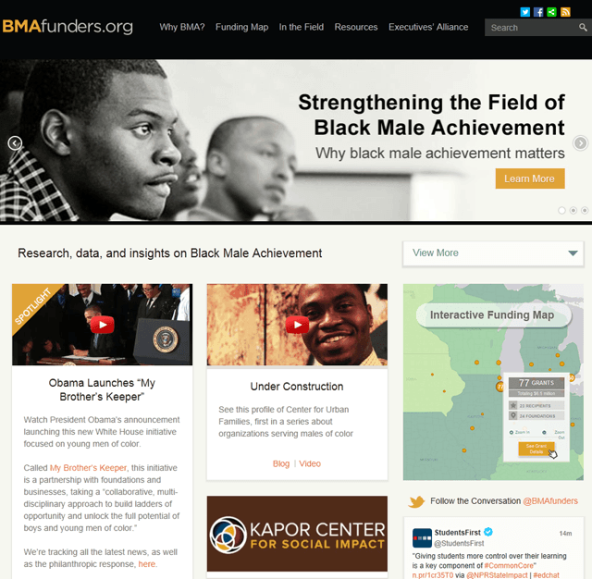Strategic philanthropy requires reliable information. But in a world increasingly dominated by big data, foundations are only beginning to think about what kind of data to collect and access. That in itself is challenging, but actually using that data will require something even more challenging: developing a culture of knowledge management.
Let's start with the three types of data foundations need.
Transactional Data

During the many years I worked as a foundation program officer and supervised others, my staff and I were expected to know who else was funding our grantee organizations. I have never seen an internal foundation grant recommendation form that didn't ask for that basic piece of data. Sounds easy, right? But to this day, the primary way of gathering that information is to ask the grantee. Further upstream from the actual process of recommending and approving grants is scanning a focus area such as homelessness. Foundations hire consultants, and ask them to interview nonprofits and foundations they know to figure out the who-what-where of funding, and then make strategic recommendations. Over-reliance on personal networks and verbal communication is the norm among philanthropists. The result: For the 1,100 largest US foundations, most of which consider themselves strategic, nearly $13 billion—or, half of their annual giving—winds up going to the top 1 percent of their 57,000 recipients. That sounds to me more like tunnel vision than strategy.
Contextual Data
Strategy requires knowing something about the context in which you are funding. Crafting a successful, opportunity-based scholarship program depends on information such as demographics, income levels, matriculation and graduation rates, and other sources of financial aid. Foundations systematically gather, store, and utilize very little of this information, even though it has never been easier to access; government data is becoming more open globally, and data analytics and visualization technologies are getting better and cheaper. Yet to the extent that such data are compiled at all, it is usually through a one-time search done by a program officer or assistant during strategy planning, or as part of a grantee application or progress report. Potentially valuable contextual data lives inside foundations as static information, and dies in Word or PDF documents that were once stored in filing cabinets, today in the Cloud. It is used primarily to give the impression of rigor, rather than as a strategic asset.
Impact Data
Of the three kinds of data discussed in this blog, impact data is the most elusive. A consultant once taught me the value of recognizing that some goals are much harder to achieve than others and that impact, while coveted by strategic philanthropists, is the hardest to achieve. There are good reasons for this, particularly because so much philanthropy addresses challenges such as stigmatizing medical conditions, early childhood learning, or racial discrimination, where human behavior introduces myriad variables that are difficult to control. Foundations are understandably reluctant to claim success when they cannot directly attribute it to their intervention, but that may be a case of letting the perfect be the enemy of the good. Foundations should focus instead on showing how they have contributed to success, and let that be good enough. What really worries me is the opposite trend: foundations so obsessed with impact that they increasingly outsource data collection and proof to their grantees. That wouldn't be so bad if there were more evidence that foundations actually used all that data from applicants and grantees, or even from external evaluations they funded, to create knowledge that they could share—both with each other and the social sector writ large.
Will foundations learn to use data? Philanthropy has evolved from an early notion of “giving away money” to the strategic practice of “social investment." But for strategic philanthropy to realize its true potential, foundations need to learn how to manage information (data) to produce and share knowledge. Doing so will depend on changing internal incentive systems, in which foundations employ static data primarily as means for approving strategies and monitoring grants. Foundations will need to view their grants management systems as virtual work spaces, and the digital information that flows through them as knowledge assets.
There is hope on the horizon. Companies like Foundant and FLUXX are beginning to pull transaction data from the Foundation Center directly into their grants management software. The Gates Foundation is experimenting with making every type of contextual data its program staff could ever need available through an in-house platform. Affinity groups like Media Impact Funders and coalitions of funders working on issues such as access to safe water and black male achievement (see image below) are making transaction and contextual data available on public-facing web portals. And IssueLab, a service of the Foundation Center, is making thousands of evaluations, lessons, and best practice documents available and searchable to begin to get at the elusive questions of impact. These are but a few of a growing series of initiatives.
 Using data to power foundation collaboration on black male achievement.
Using data to power foundation collaboration on black male achievement.
We are privileged to work in a foundation sector that commands some $670 billion in assets and $51 billion in annual giving, representing one of the few remaining sources of flexible, risk-taking, patient capital. And we are doubly privileged to live in a world powered by data and unimaginable technological innovation. If philanthropy really wants to be strategic, harnessing data to purpose needs to be job number one.
Support SSIR’s coverage of cross-sector solutions to global challenges.
Help us further the reach of innovative ideas. Donate today.
Read more stories by Brad Smith.

